You Are Not Who You Think You Are
By BJ McKay
Throughout any given day, we tell ourselves the same story: “I know who I am. I’m this kind of person. These are my preferences. These are my habits.” But that story is only partly true.
You’re not one static version of yourself. You’re a constantly shifting combination of energy, mindset, motivation, and context. You don’t just change over time—you change throughout the day.
Let’s break it down.
Every Day, You Die a Little. And Wake Again.
At 3:30 or 4:00 a.m., you’re gone. Most of us are in our deepest sleep. It’s as close to death as we experience in life—a full pause on consciousness. You’re not making decisions, not executing plans. You’re offline.
Then comes the resurrection.
The Many Versions of You
Let’s say you wake at 5:30 a.m. That early-morning version of you is unlike any other. You’re groggy, reflective, maybe even vulnerable. You’re not ready to negotiate, to compete, to perform. You’re just becoming.
By 9:30 a.m., you’re likely peaking. For many of us, this mid-morning stretch is our most productive window. Focus sharpens. Energy is up. You’re executing, building, leading. This is the high-performance version of you.
Then noon hits. You refuel. But by 1:30 or 2:00 p.m., the energy fades. Brain fog rolls in. You’re still working—but it’s different work. Less creative, less inspired, more tactical or reactive. A different version of you takes the wheel.
Late afternoon brings another transition. Maybe you commute. Maybe you train. Maybe you parent. Whatever it is, you’ve shape-shifted again. Priorities have changed. So has your capacity.
And finally, there’s nighttime you—the version winding down, reflecting, scrolling, planning, or escaping. The you who will soon shut down and disappear again until the next cycle begins.
Why This Matters
If you’ve ever felt like, “Why don’t I have the willpower?” or “Why can’t I stay consistent?”—step back. Zoom out. Stop expecting the same level of output, creativity, or discipline from every version of yourself, across every hour of the day.
Instead, ask better questions:
-
When do I do my best thinking?
-
When am I most patient? Most bold? Most focused?
-
What tasks belong to which version of me?
You can even treat this as a development exercise. Map your 24-hour identity cycle. Track your energy, motivation, and mindset in intervals. Notice what feels aligned, and what feels off.
Then ask: What should it look like?
Small switches—shifting a meeting time, changing your workout window, rethinking your creative hours—can unlock a completely different output from the same person.
You’re Not One Person. You’re a Daily Spectrum.
So let go of the rigid labels. You are not just “a morning person” or “a procrastinator” or “a leader” or “a creative.” You are all of those—and none of them—depending on when and how we meet you.
Your brilliance, your drive, your genius—it might not be missing. It might just be mistimed.
Start thinking in terms of rhythms, not ruts.
Because you are not who you think you are.
Not always. Not at every hour.
And that might be your biggest advantage.
